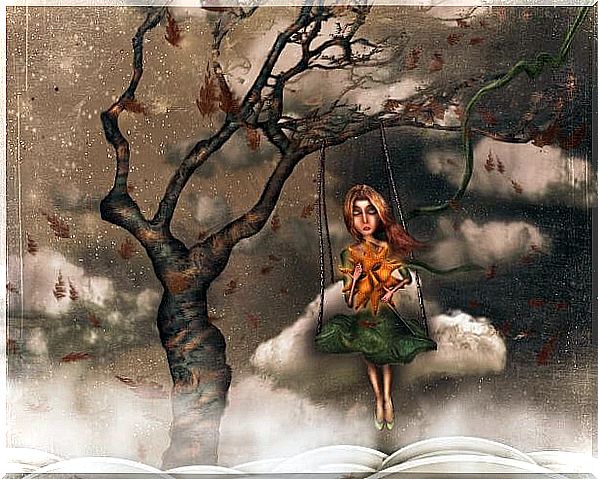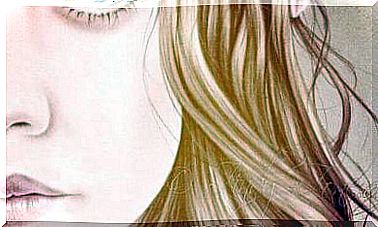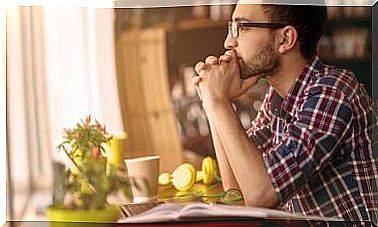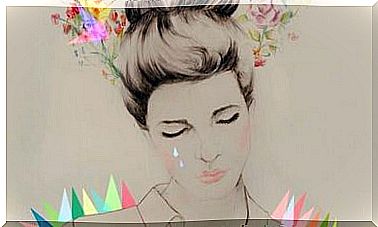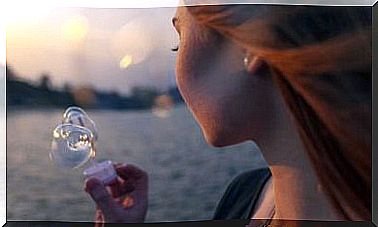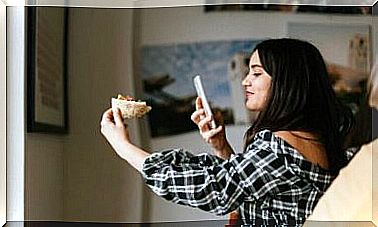The Role Of Parents In Dealing With Children’s Fears
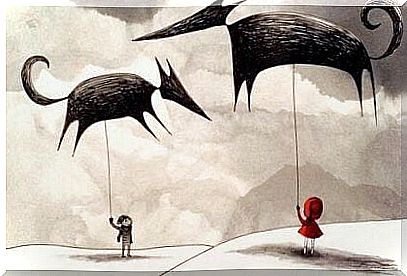
The attitude of parents to children’s fears is one of the many factors that produce or maintain them. In this sense, the family plays a particularly important role as a model and guide for emotional management.
Various studies, such as Fredikson, Annas and Wik (1997), have shown that fears and phobias tend to show up more in some families than in others. But why does this happen? Several factors come into play when we are looking for an explanation. We can say that genetic transmission and influence of environment, by setting certain learning guidelines, are ways in which parents play an important role in their children’s fears. Let’s dig deeper into this topic.
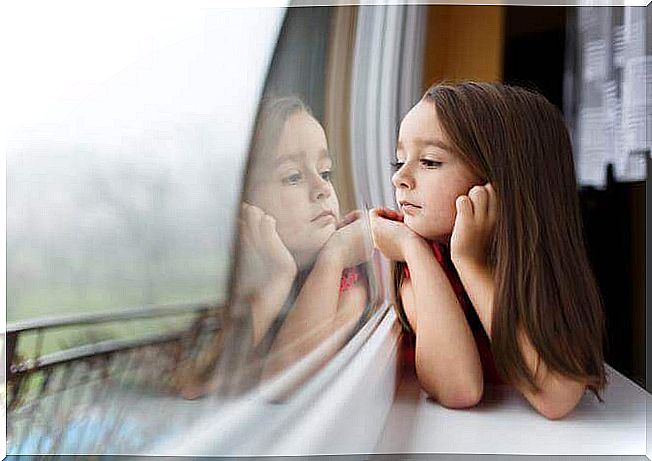
How do parents influence children’s fears?
Apparently, the best way to explain the influence of parents on their children’s fears is based on the theory of the three modes of fear acquisition (Rachman, 1977). Let’s see what these three ways are:
- Vicarious or observational learning : if a child observes or witnesses a fear that his parents or relatives express, he can imitate these reactions. Or model them in the face of similar situations. For example, if a mother always walks away from dogs out of fear, her children may behave in the same way.
There are studies which determine that this process allows to acquire fears of subclinical or more moderate intensity. In the case of the most intense fears or phobias, for ethical reasons it has not been possible to study them in humans, but it has been shown by observing the reactions of animals to certain elements.
- Transmission of negative information : the influence based on learning by observation is reinforced by the transmission of negative information about the feared or phobic object. For example, the mother who walks away from dogs may verbally express fear. Which made her be afraid. Which dogs she fears the most, etc. Thus, the child receives negative information through conversations, stories or games, an aspect which determines his reaction to something in a complementary way.
Children also learn to react and may include inappropriate coping strategies, such as avoidance, in their behavioral repertoire. For example, the child observes that his mother’s discomfort is reduced as she moves away from the source of the fear.

- Parents’ instructions : As we have pointed out, children also learn to react and can implement behavioral coping strategies such as avoidance in their repertoire. Parents offer guidelines or instructions that guide children in their coping strategies. And reinforce the fact that they are put into practice. This phenomenon of increase in this type of response is called the “fear effect”.
Parents also react to manifestations of fear of the dark, dogs, separation or even school, with affection, anger or calm. For his part, the child learns that the parents show attention and interest in his fears. Which reinforces his behavior. And trains it to manifest itself more and more intensely and frequently.
Ultimately, parents and other reference persons reinforce fear and avoidance through indirect associative mechanisms. Moreover, according to other studies highlighted by Valiente, Sandín and Chorot (2003), the influence of the maternal figure leaves, as a rule, a greater mark on the origin of fear. But also on its maintenance.
As we can see, the role of parents in their children’s fears is particularly relevant. It is therefore essential that we take care of our own fears and those of our children. Let us analyze these fears and how we deal with them.
